Author: Jordan Folks
The obvious benefit of the rising interest in craft beer over the last couple of decades is that it substantially increased options for consumers, introducing many to styles and brands they previously had no access to. In order for people get their hands on this wide variety of beer, brewers had to broaden their distribution, and while refrigerated storage is universally desired, sacrifices had to be made due to such spaces being taken by Big Beer. Because of this, it’s not uncommon to find bottles and cans of lauded craft offerings lining warm store shelves these days.
The speed with which chemical reactions occur is directly a function of temperature – whereas warmer environments increase the rate of reactions, cooler temperatures have a retarding effect. As it pertains to beer, it’s widely accepted that warm storage will lead to more rapid staling, regardless of the effort invested by brewers to limit oxygen exposure, hence the importance of storing beer cold to prolong shelf-life.
Conflictingly, one past xBmt indicated warm storage had a perceptible impact on a Czech Premium Pale Lager while another showed it had no impact on a canned Kölsch, leaving me wondering just how important of a variable this really is. Considering how sensitive hoppy beers tend to be, I was curious how storage temperature would affect a West Coast Pils and designed an xBmt to test it out!
| PURPOSE |
To evaluate the differences between bottled West Coast Pils stored either warm or cold.
| METHODS |
For this xBmt, I went with a West Coast Pils recipe with decent charge of hops that I felt would help emphasize any impact of the variable. Big thanks to F.H. Steinbart for hooking me up with the malt for this batch!
Shaft Of Light
Recipe Details
| Batch Size | Boil Time | IBU | SRM | Est. OG | Est. FG | ABV |
|---|---|---|---|---|---|---|
| 5.1 gal | 60 min | 64.2 | 3.8 SRM | 1.043 | 1.006 | 4.86 % |
| Actuals | 1.043 | 1.006 | 4.86 % | |||
Fermentables
| Name | Amount | % |
|---|---|---|
| Pilsner Malt | 10 lbs | 97.56 |
| Dextrose | 4 oz | 2.44 |
Hops
| Name | Amount | Time | Use | Form | Alpha % |
|---|---|---|---|---|---|
| Warrior | 11 g | 60 min | Boil | Pellet | 14.8 |
| Mosaic | 57 g | 10 min | Aroma | Pellet | 11.8 |
| Nelson Sauvin | 57 g | 10 min | Aroma | Pellet | 11 |
| Mosaic INCOGNITO | 4 g | 10 days | Dry Hop | CO2Extract | 20 |
| Motueka | 71 g | 2 days | Dry Hop | Pellet | 7 |
| Riwaka | 71 g | 2 days | Dry Hop | Pellet | 5.3 |
| Mosaic SPECTRUM | 8.5 g | 2 days | Dry Hop | CO2Extract | 12.3 |
Miscs
| Name | Amount | Time | Use | Type |
|---|---|---|---|---|
| Amylase Enzyme | 1 ml | 0 min | Primary | Other |
Yeast
| Name | Lab | Attenuation | Temperature |
|---|---|---|---|
| Global (L13) | Imperial Yeast | 77% | 46°F - 55.9°F |
Notes
| Water Profile: Ca 79 | Mg 4 | Na 10 | SO4 131 | Cl 39 |
Download
| Download this recipe's BeerXML file |
After collecting the water for two 5 gallon/19 liter batches, adjusting them to my desired profile, and getting them heating up, I milled the grains.
With the waters properly heated, I incorporated the grain and set the controllers to maintain my desired mash temperature of 147°F/64°C.
During the mash rests, I weighed out the kettle and dip hop additions.
Once the mashes were finished, I collected the worts and proceeded to boil them for 60 minutes, after which they were chilled and transferred to a single large fermenter. A refractometer reading indicated the OG was a bit lower than expected, but nothing I was too concerned about.
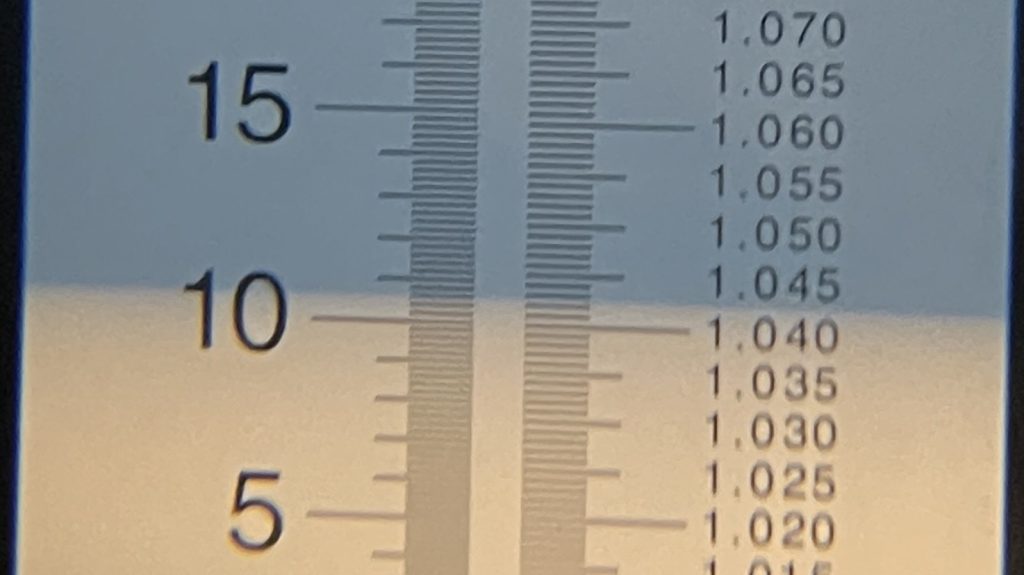
I then pitched three pouches of Imperial Yeast L13 Global into the wort.
After 2 weeks at 50°F/10°C, I added the dry hop additions and left the beer alone for 24 hours, at which point I took a hydrometer measurement showing fermentation was complete.
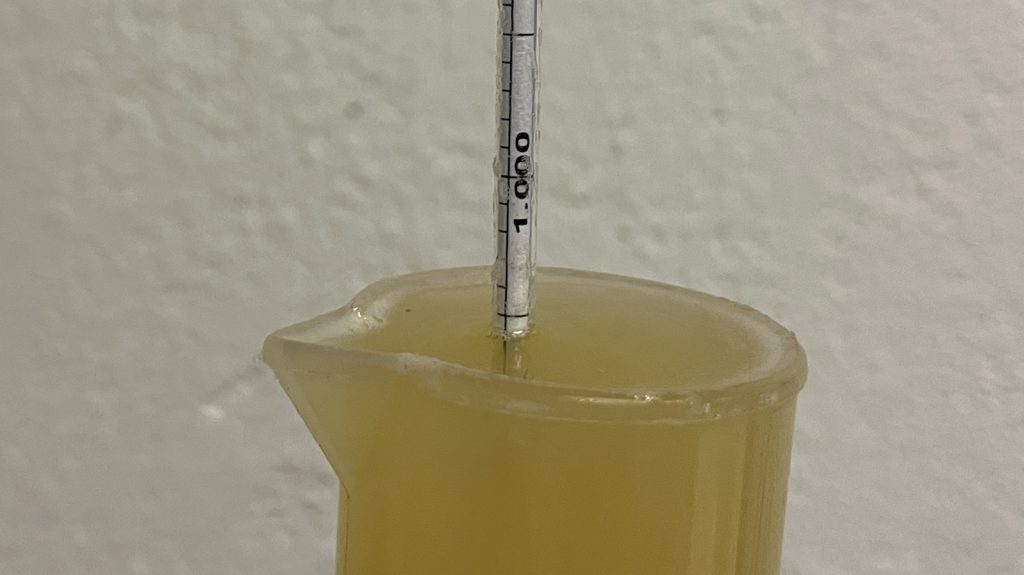
I gradually reduced the temperature of the beers to 32°F/0°C over the course of a few days, at which point they were pressure-transferred to CO2 purged serving kegs that were placed in my keezer. After a 2 weeks of cold conditioning, I used my Beer Gun to fill a case of bottles.
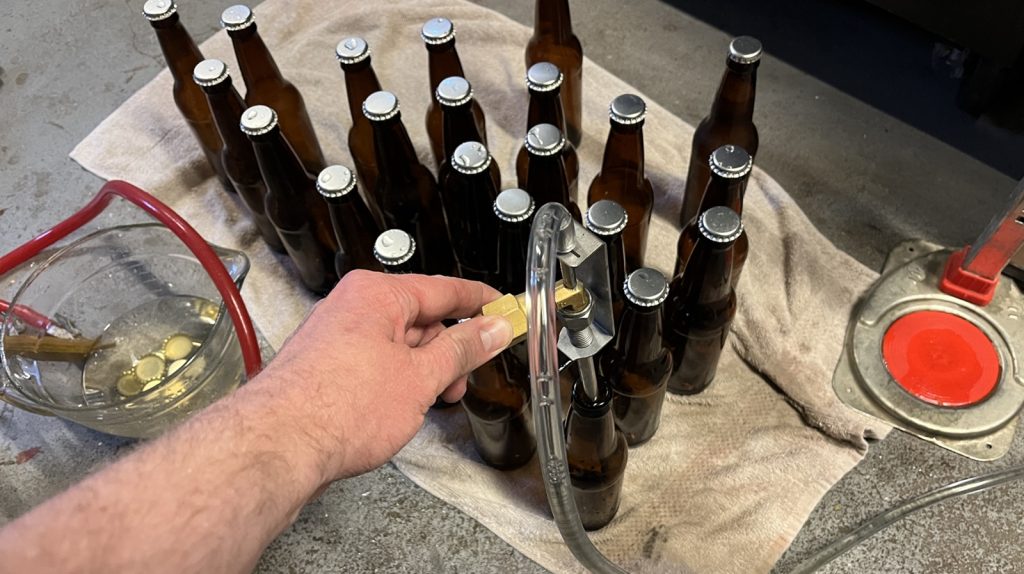
Half of the filled bottles were placed in my kegerator set to 45°F/7°C while the other half was left in my basement that maintained a fairly consistent 60°F/16°C. After 7 weeks, I placed the warm stored bottles in the kegerator and allowed them to chill overnight before they were ready for evaluation.
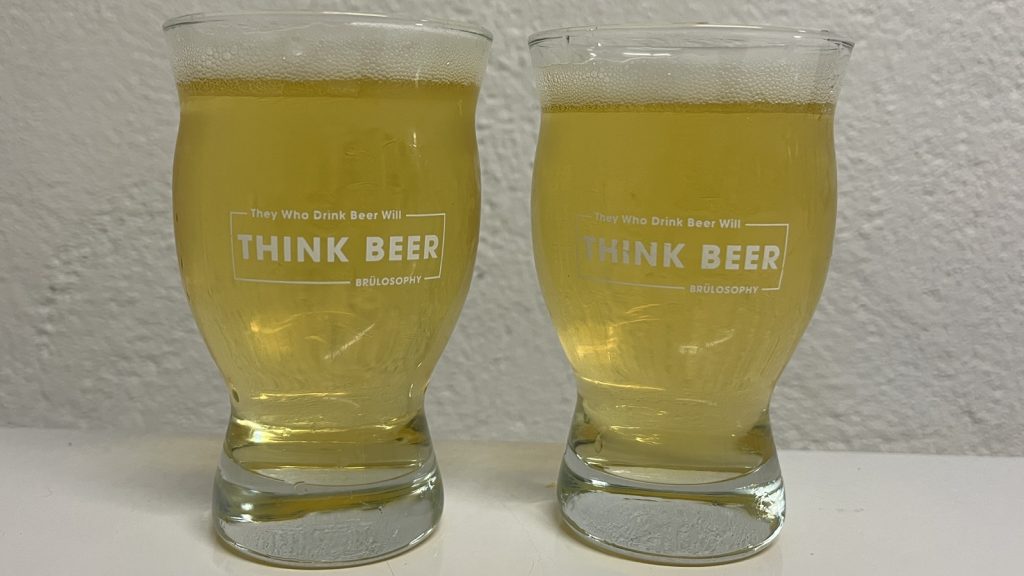
| RESULTS |
A total of 22 people of varying levels of experience participated in this xBmt. Each participant was served 2 samples of beer that was stored cold and 1 sample of the beer that was stored warm in different colored opaque cups then asked to identify the unique sample. While 12 tasters (p<0.05) would have had to accurately identify the unique sample in order to reach statistical significance, a total of 16 did (p=0.0002), indicating participants in this xBmt were able to reliably distinguish a bottled West Coast Pilsner that was stored cold at 45°F/7°C for 7 weeks from one stored warm at 60°F/16°C.
The 16 participants who made the accurate selection on the triangle test were instructed to complete a brief preference survey comparing only the beers that were different. A total of 13 tasters reported preferring the beer stored cold while the remaining 3 liked the warm stored beer more.
My Impressions: Out of the 5 semi-blind triangle tests I attempted, I correctly identified the odd-beer-out every time, and it was quite easy. Whereas the warm stored beer had the tell-tale signs of staling including an off-putting soapy aroma, muted hops, and a harsh bitterness quality, the version stored cold was wonderfully hoppy and bright with no perceptible off-flavors. I had a very strong preference for the beer that was stored cold and felt it was a great example of this burgeoning style.
| DISCUSSION |
Considering the rapidity of chemical reactions is correlated with temperature, brewers universally desire their beer be stored cool in order delay the onset of staling. Unfortunately, most retailers offer a limited amount of cold space, leading to many beers being stored on warm shelves. Indeed, tasters in this xBmt were able to reliably distinguish a bottled West Coast Pilsner that was stored cold at 45°F/7°C for 7 weeks from one stored warm at 60°F/16°C.
The most plausible explanation for these results is that the less desirable characteristics of the beer stored warm were a function of storage temperature, while those reactions were delayed in the cold stored beer. Fascinatingly, this difference was notable despite the warm condition being just 60°F/16°C, which is quite a bit cooler than most retail environments.
In addition to the scientific reasons, the fact both blind tasters and myself could rather easily tell these beers apart, and a vast majority preferred the beer stored cold, leaves me convinced to stick with my approach to keeping bottled beers in a cold environment. There are certain exceptions to this rule, for example I’m fine keeping sour beers or some higher OG styles at cellar temperature, but everything else will stay in the refrigerator until its ready to drink.
If you have any thoughts about this xBmt, please do not hesitate to share in the comments section below!
Support Brülosophy In Style!
All designs are available in various colors and sizes on Amazon!
Follow Brülosophy on:
FACEBOOK | TWITTER | INSTAGRAM
If you enjoy this stuff and feel compelled to support Brulosophy.com, please check out the Support page for details on how you can very easily do so. Thanks!


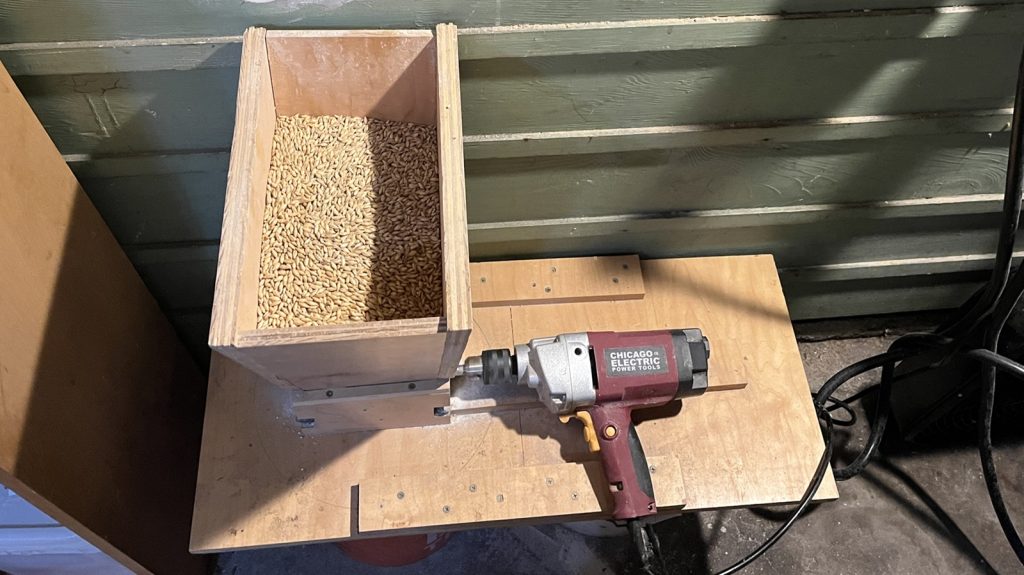
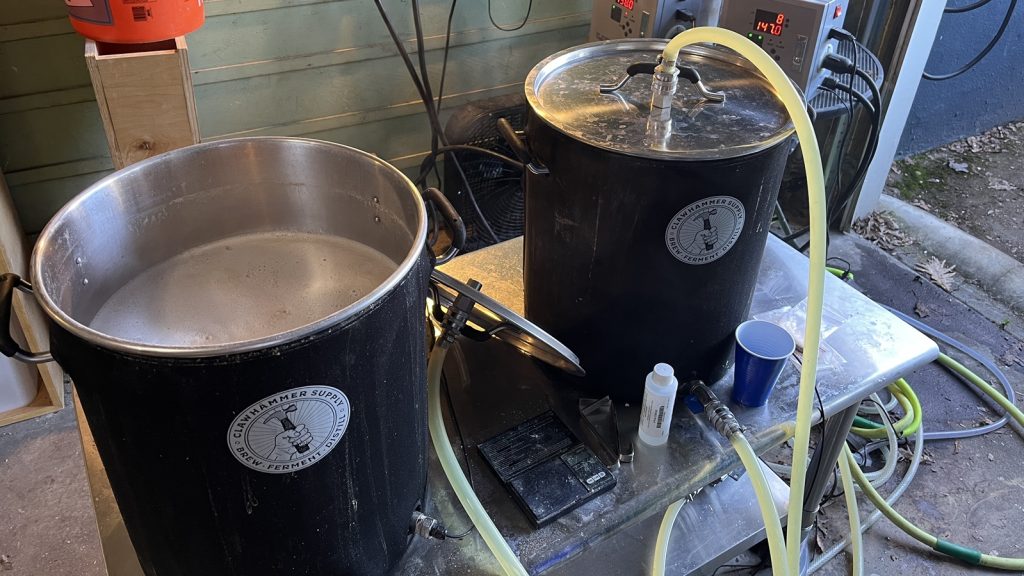
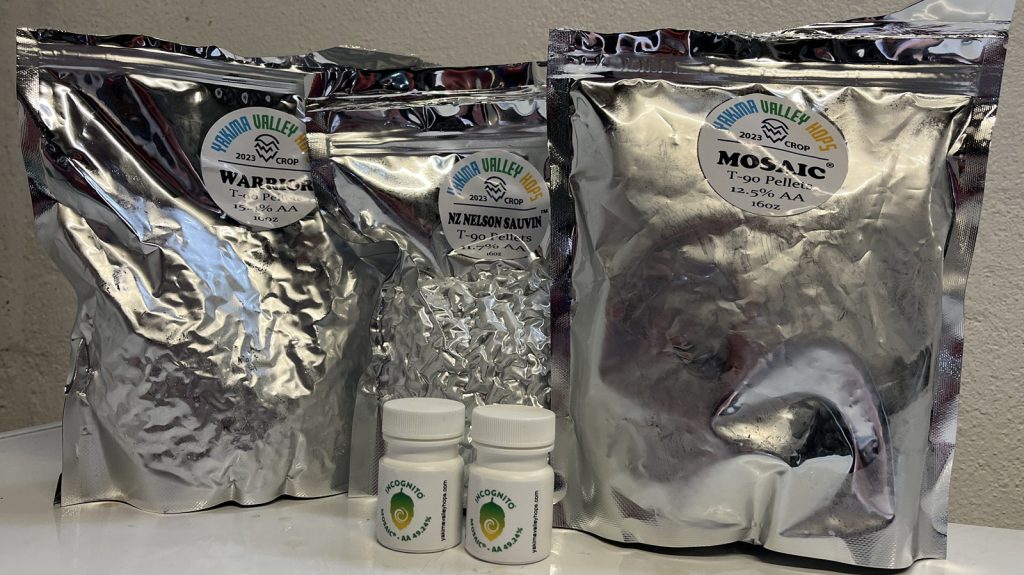
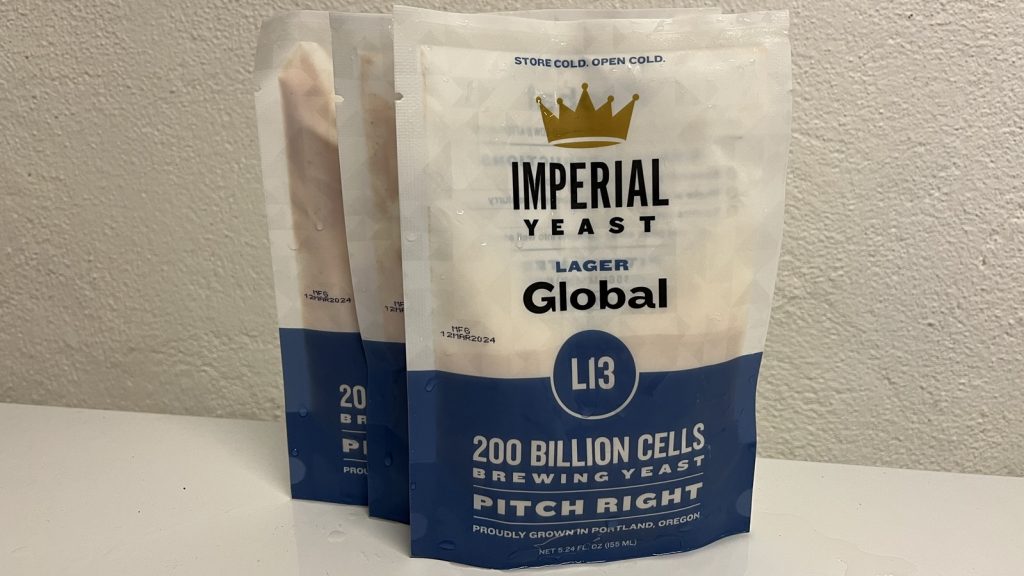











2 thoughts on “exBEERiment | Impact Storage Temperature Has On Bottled West Coast Pils”
How do you reckon bottle storage temperature would affect higher ABV, lighter hopped beers such as a Belgian Blonde?
For some reason, (in my anecdotal experience) bottle conditioned Belgian beers hold up pretty well when stored at basement temps. Bottle conditioned Belgians, sours, and also big barrel aged beers are the only ones I would feel comfortable storing at ambient temps until I was ready to drink them.